Olympus OM-2
was the most underrated SLR of all time. I will concede they are usually Olympus shooters, but they are so adamant, it’s only logical to take a closer look. The OM-2 is almost the smallest SLRs ever made. At 136 x 50 x 83mm, it even beats the Nikon EM in some dimensions at 135 × 54 × 86 mm. For weight reference, the Olympus OM-2 is 520g and the Nikon EM is 460g. So, they can’t claim the smallest. But considering the plethora of extra features over the Nikon, it ain’t much.
Olympus OM-2 – Lighter than a Leica M3
However, as a carry everywhere with you camera, even a Leica M3 is 580g! So, it’s pretty close to a point and shoot. OK, it’s manual focus, and constructed of metal. (as opposed to most P&S being plastic) For shooters, especially street shooters, who want a low profile camera, and can’t or won’t use a P&S, this camera has all the options available with SLR’s in a very compact camera.
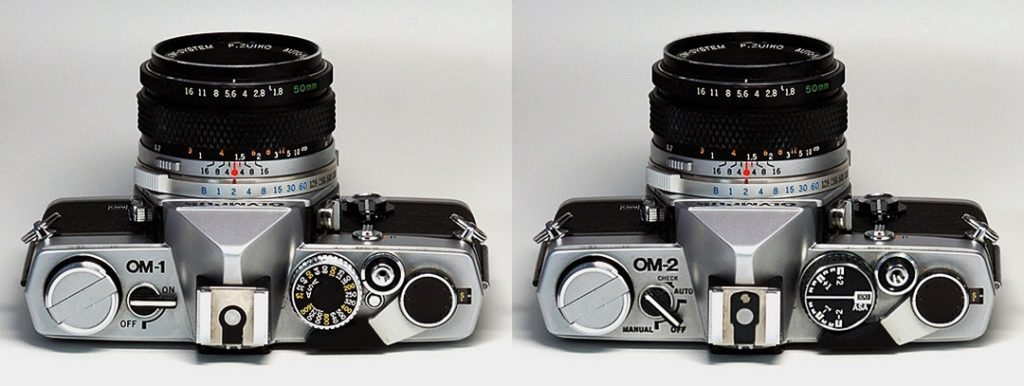
I’ll be the first to admit the build quality is not up to a Leica, but it’s a very solid and tight build. A Canon SLR has nothing on this little gem. All the dials, levers and knobs click directly into place with obvious quality. I quickly found out why Olympians rave. (I guess we can call users Olympians,…LOL) Tolerancing is tight, and build materials are metal, metal, metal. Even the exposure compensation dial is firm. Something most Japanese manufacturers almost looked at as an afterthought. The fact that most used ones operate as well as the day they were bought is a real testament to these almost 50 year old cameras.
A Full Bevy of Accessories
Building on the OM-1, Olympus added the ability to take 250 exposure roll backs and data backs. The glass is exceptional, and taking a page from the Nikon playbook, focusing screens were easily replaceable. Even easier than on Nikons. Not the first, but one of the originators of OTF metering. From Macro to high speed street use, this camera is up to the task. Plus a complete system of winders, motor drives, battery packs and TTL flashes.
After the OM-1, some important improvements were made to the Olympus OM-2. Including aperture priority with the click of a switch. Max shutter speed is only 1/1000 of a second, but the low end is 1 second. Plus Bulb, of course. If the little battery drains, it can still shoot at 1/60 of a second. A metering exposures are dead on. Plus in aperture priority mode, the exposure compensation dial comes in very handy. Almost like today’s modern digital cameras. The exposure can be adjusted plus or minus two stops in 1/3rd stop increments! That’s why I said it’s almost as effortless as a P&S camera. Uhh,…well, except it’s manual focus. A little disappointing is the flash sync is 1/60 of a second. Which is OK for most situations. However, they came out with being able to sync at any speed in FP flash mode a few years later. But FP flash mode is only workable with the OM-3Ti and OM-4Ti. And like Nikon’s FP high speed sync, flash output is greatly reduced.
Minor Niggles
The Olympus OM-2 viewfinder is really bright and clear,…but, it’s a 97% viewfinder. While it’s not 100%, focusing is precise and quick. The analog display of metering needles is very easy to read. It even displays exposure compensation. And the meter is one of the most accurate ever. And was one of the first, (some say the first), to incorporate taking its’ reading off the film. Some say it had the best metering of that era. Eventually, all the camera companies had some version of OTF, leveling the playing field. I can touch on the technical, but all you need to know is it works accurately without fail. Even high contrast or back lighting can’t fool this meter. The most advanced digital can not improve on exposure accuracy. Amazing for a camera this old.
The lens system is made up of probably the most underrated glass ever. Zuiko lenses are not just good. They’re great. Even guys who shoot Nikon or Canon will tell you that as far as vintage glass goes, Olympus, with their Zuiko glass, is near the top of the food chain. For some reason, the aperture ring is at the front. While it’s a little weird at first, it kind of makes sense, and is easy to use after one or two rolls of film. But the weirdest thing is the stop down lever on the lens. Being a Nikon/Contax guy, I’m always fumbling for the button on the body. So, in fact, that was a really good idea. I’m surprised more camera companies didn’t pick up on that.
Almost Perfect
The 50mm f/1.8 lens feels quite substantial and well made. And solid and smooth in use. Complaints? Well, the aperture ring is plastic. Why, Olympus? Could’ve been perfect. And the other thing is it has only single stop increments. I guess you could counter that with the 1/3 stop exposure compensation. However, I’m not that familiar with the bevy of Zuiko glass out there. So, it may be different on different lenses. Of course, newer AF Olympus cameras, (and other brands), mostly have 1/3 of a stop adjustments. I guess considering this was 40-50 years ago,…when men were men,…blah, blah, blah,…that was normal.
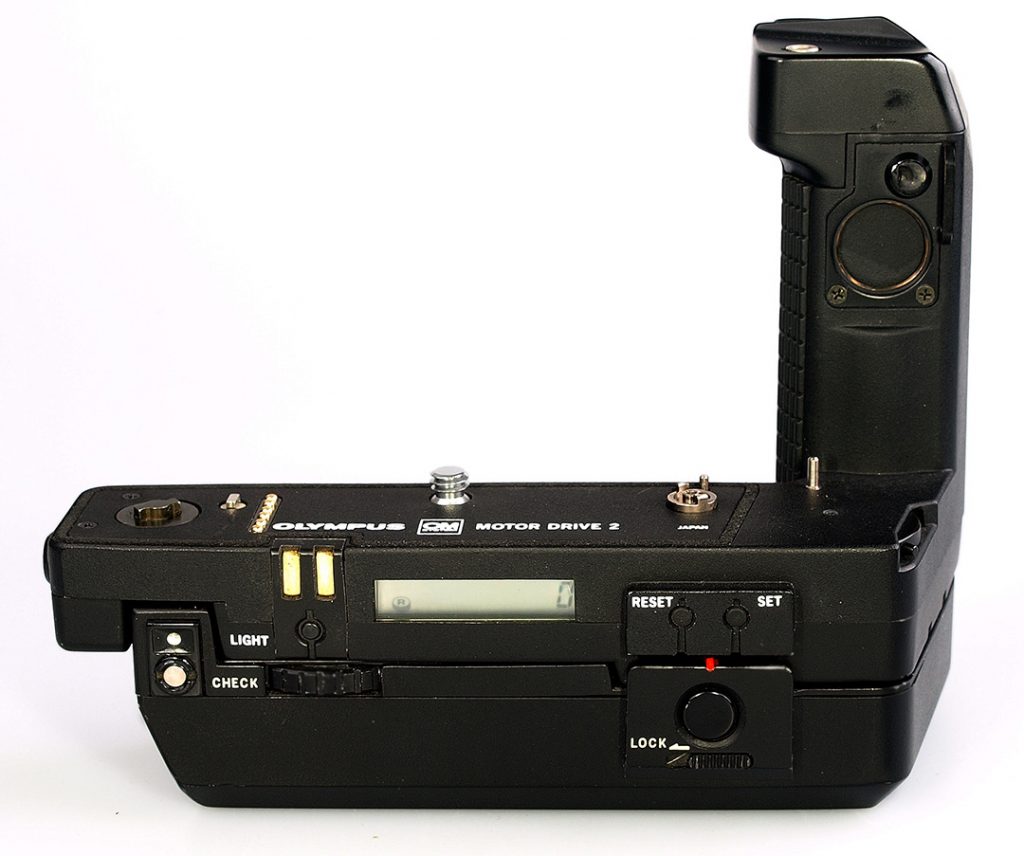
In essence, bokeh is very smooth and round, and I have no Nikkor lens that is sharper at f/4 to f/8. And no flaring or ghosting. (or chromatic aberration) In fact, Nikon’s 50mm f/1.8 has 5 sided bokeh highlights. So the Zuiko beats it there. (sharpness is about the same at all apertures) If a photographer friend wanted a cheap but fully capable light kit, this would probably be the tiny wonder I’d suggest. While Minolta, Nikon and Canon all have equally good bodies and lenses, the aftermarket price of glass for this Olympus is a no brainer. And the OM-3 and OM-4 are even better. Small packages,…tons of features. Check the link below to the manual to find out more about the OM-2 in operation. Find Olympus OM Series
Addendum: June 24, 2020 – Olympus is no more, and has been sold to Japan Industrial Partners. The effect on their digital mirrorless cameras is unclear.
Olympus Manual

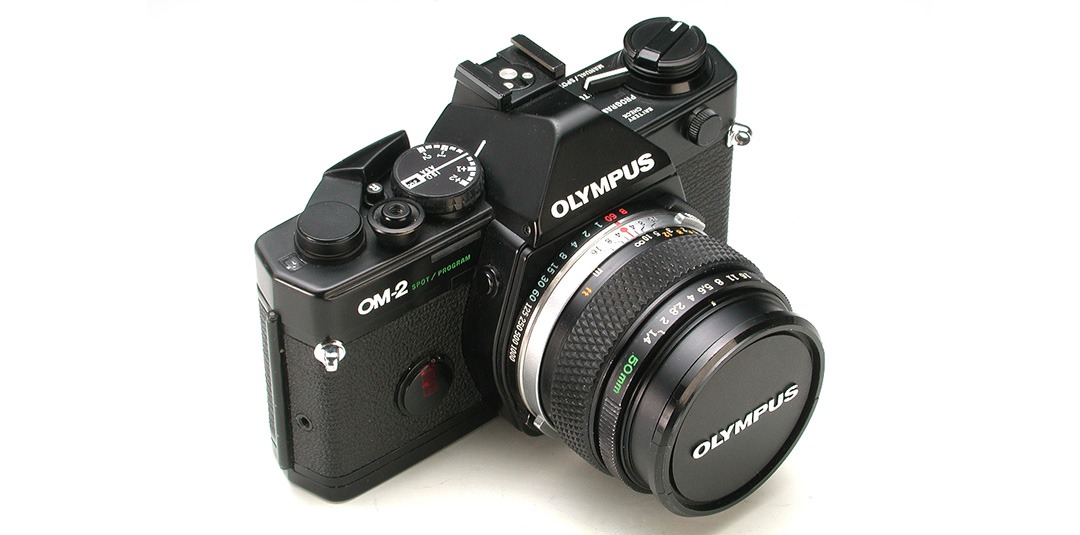
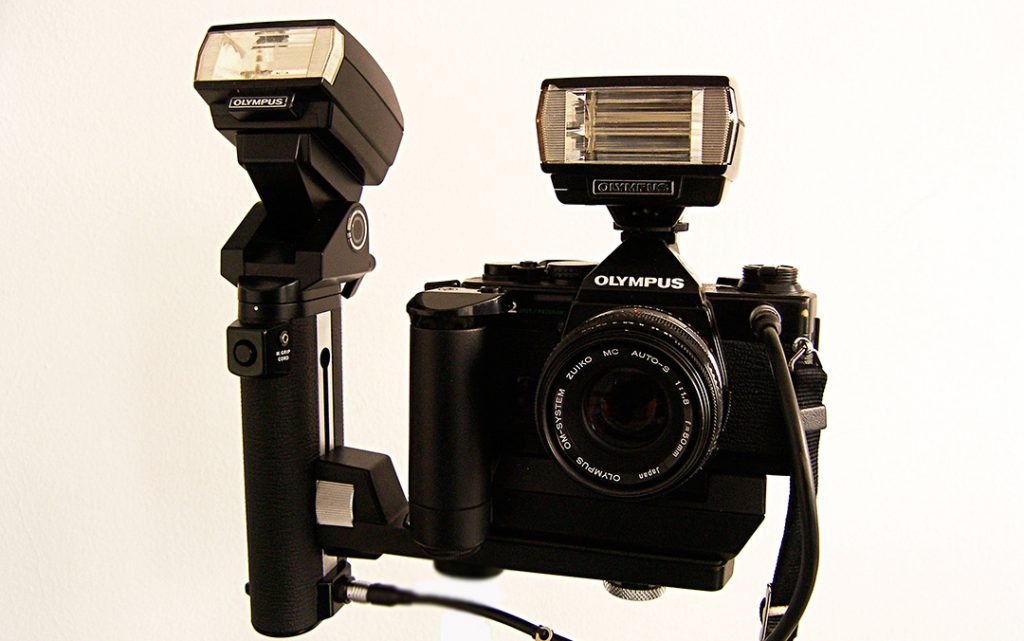
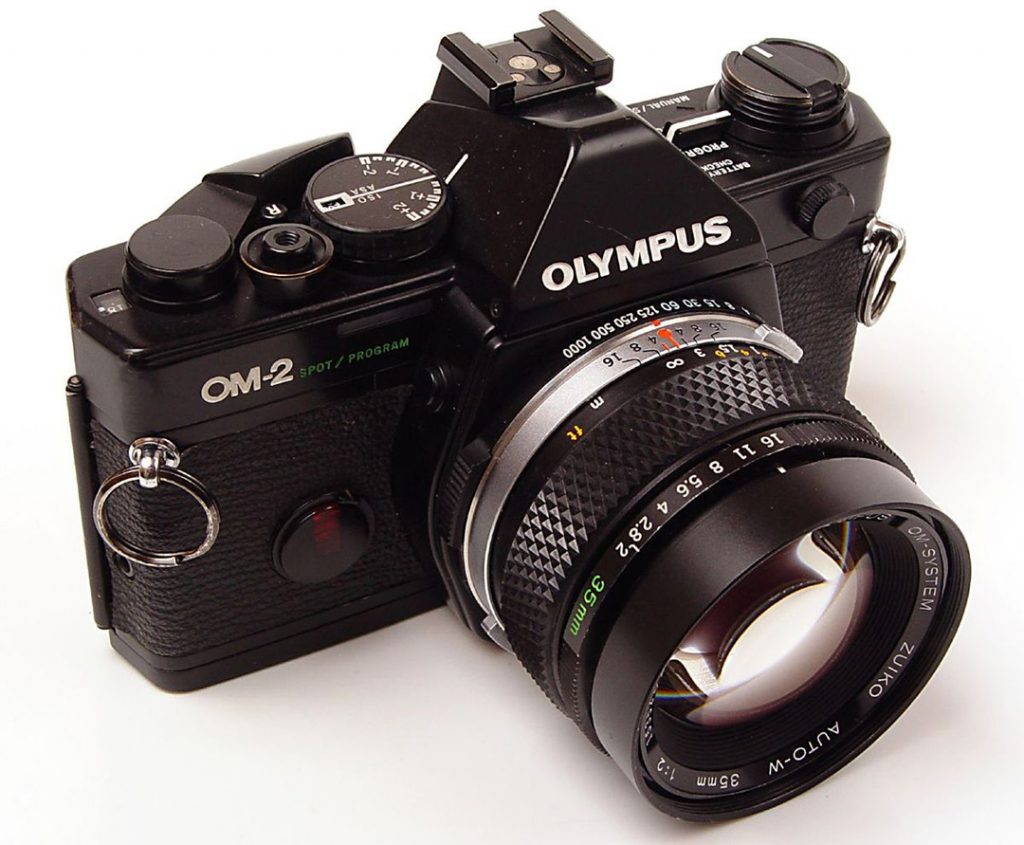
In the way back days I worked professionally with Olympus, for a short time. They were light for sure. They were a dream to focus. That’s a fact. But build quality? Not so much so. As a working pro you needed to carry at least four bodies with you to make sure you could make it through a heavy shoot (I usually packed five). I used the motor drives and winders. Without those my experience may have been different. The motors really ground up those tiny gears fast.
So why use Olympus? Size. Weight. Optics. That Zuiko glass is/was superb. The crowning lens in my bevy of glass was the 250mm f/2. It was a beast and a beauty. Don’t grab the body alone with that lens on the front or it might not stay there long. But man, what a lens. Of all the glass that’s come and gone over a (very) long career that’s the one I wish had held onto forever.
Well, it’s no Nikon F3 or Leica, but it felt plenty solid,…about Nikon EM or Pentax K1000 solid. Would I use it on a hard hitting job with no back-up? No. But then, I wouldn’t use my Contax G or Nikon F4s (or my former F5), without backup. And the F4s is a beast. Other than having the door fall off a Minolta X-370, (my first camera), I’ve never had a film camera fail. That said, the Zuiko glass is very underrated.
My first proper film camera, but alas I shoot Nikon now. The size and the quality of the glass is unrivalled. But two things stopped me using the OMs: the shutter speed ring near the lens barrel (could never get used to it), and, the crunchy winder. I always wondered why Maitani never improved the winder action after the OM1. Also, as stated by Terry above, the build quality can be suspect. I know of plenty of OMs with issues over the years. Nikons however, seem to need a real bashing before anything goes wrong.
Agree 100%. Especially about the glass. However, I’ve been a Nikon guy for some time, and have yet to find any issues. Even with my first Nikon. (a used EM,…hey, I was poor) I did use Minoltas for a while, but when the door fell off my X-370, I made the Nikon switch. Never regretted it. (well, I wasn’t crazy about the “DX” era, but as far as film goes, all the models I used were awesome) My two cents. If that. 🙂
I bought an OM-2 when it was first introduced and from B&H when they were a little storefront. I always hear people say that other cameras had OTF metering after Olympus. I’m not aware of any. Which cameras had it?
Hi Howard,
As far as I know, only the Olympus OM-2, the Pentax LX, the Nikon F3, and the Minolta 9000 had metering cells located at the bottom of the mirror box that were used for ambient light metering. As far as B&H goes, I remember being a little kid and going there with my Dad. Wow. What memories. I believe it was W. 17th St. between 5th and 6th Ave. Not far from where Adorama is today. And probably even smaller than that store. Before they got in the TV and stereo business. 🙄 However, they are still trustworthy and honest. (they have a separate side door for returns)
Thanks for the memories, 😁
Federico
The Nikon F3 and Minolta 9000 only use otf metering when using flash, otherwise they are Just using the more traditional metering method. Only the Pentax LX and Fuji DL200 (point&shoot!) used ttl otf metering for all exposures I think. This makes the LX a great 35mm film body in case you need exchangeable finders. If you don’t need the different finders, a OM-2(n/sp) body will be much more affordable and easier to work on in case they need cla. I prefer the reliability of the OM’s. The OM-2sp even ads spot metering, full automatic program mode
with a free choice for minimal aperture,
and uses a 2nd mirror behind the main mirror.
You still wonder which was the most innovative camera manufacturer during those days? It was after the introduction of the wonderfully compact OM series that literally all other brands started producing more compact slr’s. But the Nikon EM, Pentax Me and many (all?) others still pale in comparison 🙂